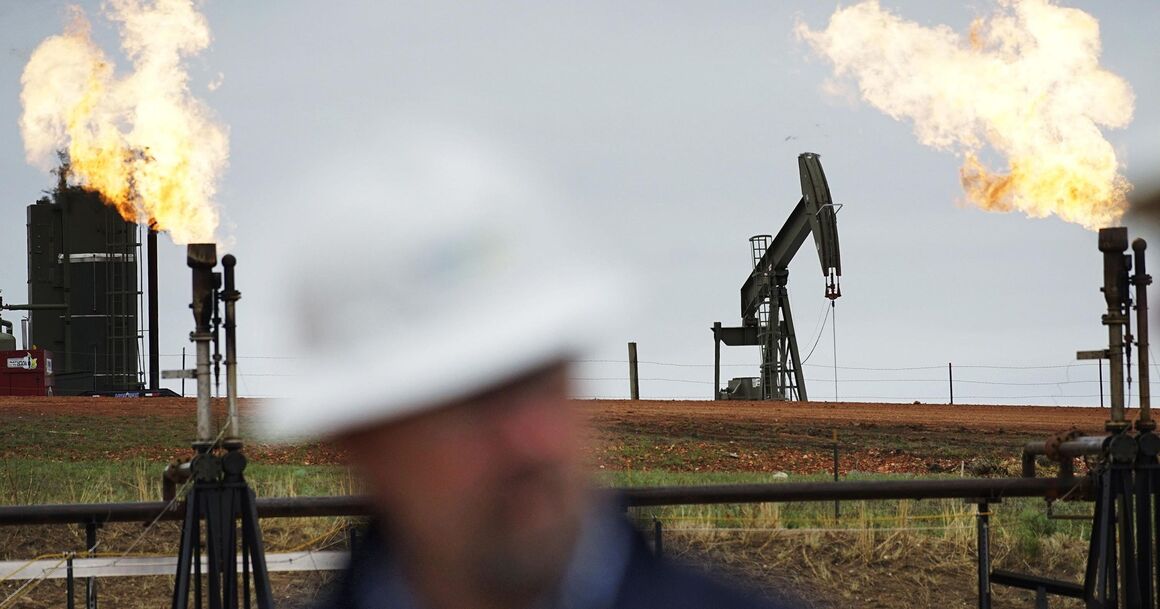Brent crude climbed 76 cents to $85.56 a barrel by 1047 GMT, while U.S. West Texas Intermediate crude was at $82.1 a barrel, up 85 cents, Reuters reported.
The September WTI contract expires on Tuesday and the more active October contract gained 78 cents to $81.44 a barrel.
Both front-month benchmark prices snapped a seven-week winning streak last week to post a weekly loss of 2% on concerns that China's sluggish economic growth will adversely impact oil demand and the possibility that the U.S. interest rate hike cycle is not over yet.
"We still see a tight oil balance for the remainder of the year, which suggests that prices still have some room to run higher," said Warren Patterson, ING's head of commodities research.
As well, "the dollar seems to be taking somewhat of a breather, which would be providing some support," he said.
A weaker dollar makes oil purchases less expensive for holders of other currencies, sparking demand.
Also supporting crude is the buoyant price of heating oil, which is in focus as the Northern Hemisphere approaches darker months, said John Evans of oil broker PVM.
However, what is like trying to hit a "flying insect with a bazooka" is determining whether the current bullish nature of heating oil and the like is enough to rally the oil complex or just hold it in the face of broader macroeconomic concerns, he said.
Despite its economic woes, China is drawing on record inventories amassed earlier this year as refiners scale back purchases after supply cuts by the Organization of the Petroleum Exporting Countries (OPEC) and allies including Russia, known as OPEC+, drove global prices above $80 a barrel.
Still, in July, Saudi Arabia's shipments to China fell 31% from June while Russia, with its discounted crude, remained the Asian giant's largest supplier, Chinese customs data showed.
"Unless there is a recession and demand slows or drops, OPEC+ is in control, said Stefano Grasso, a senior portfolio manager at 8VantEdge in Singapore.


Your Comment